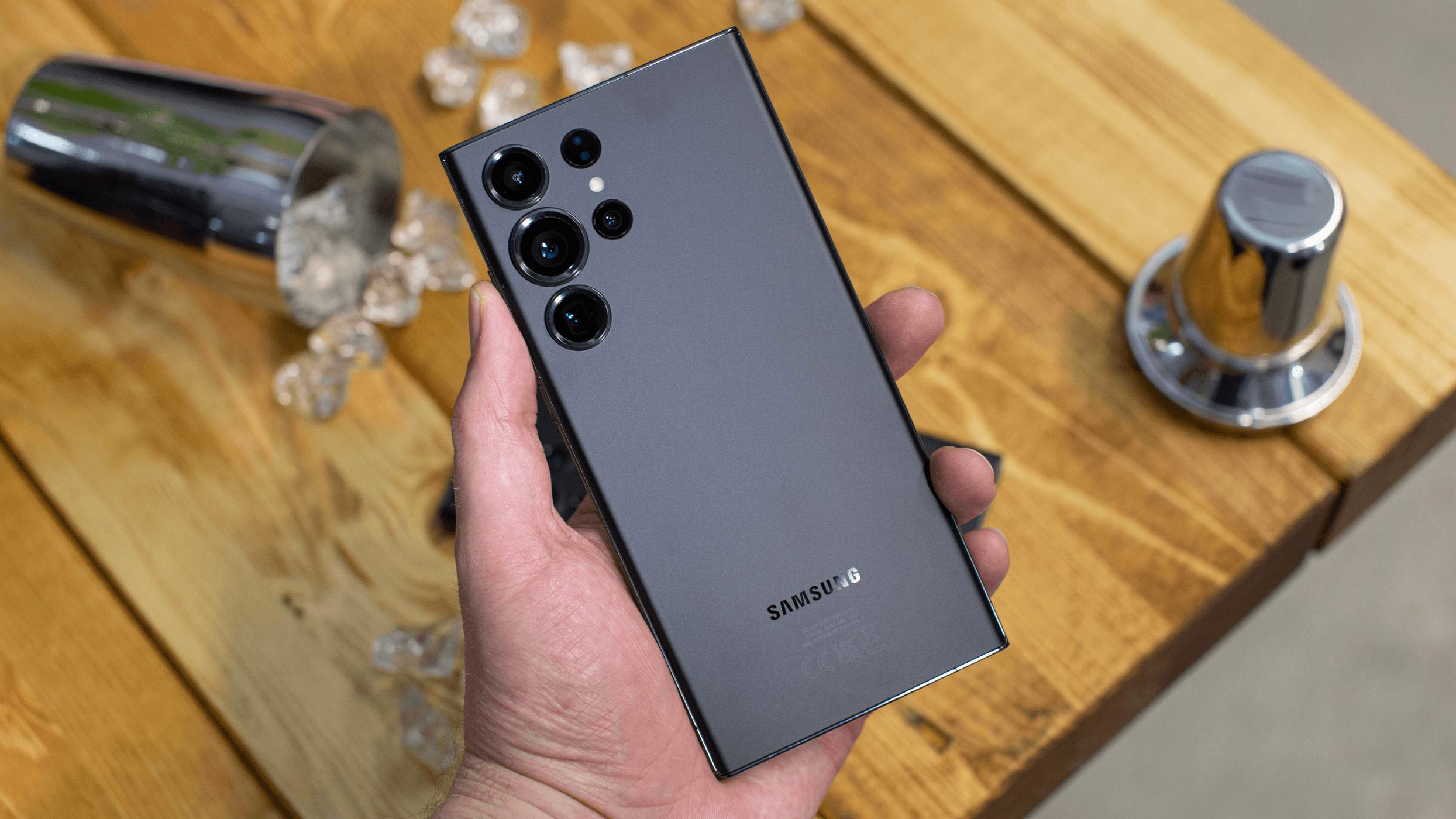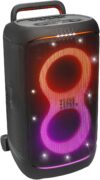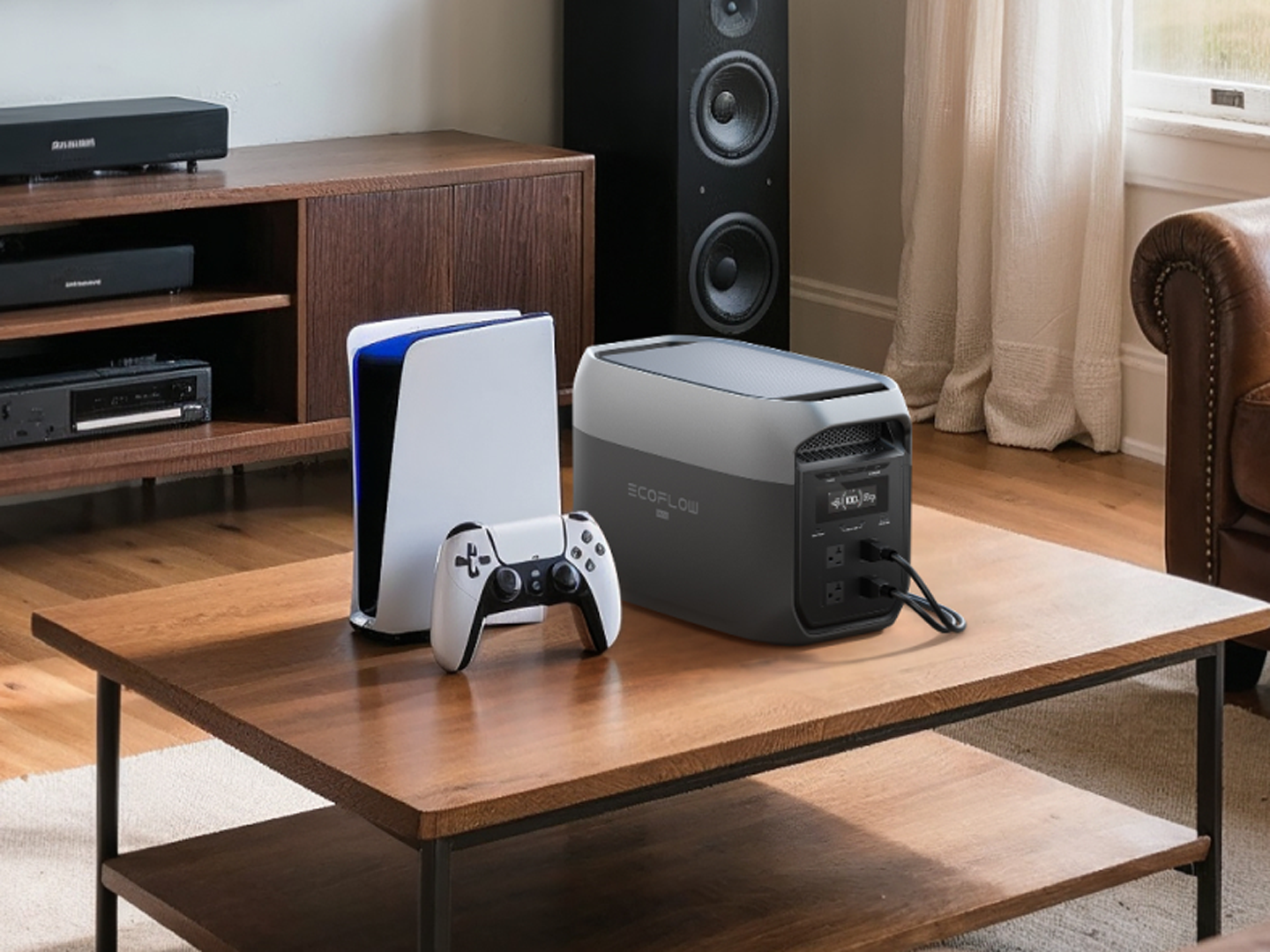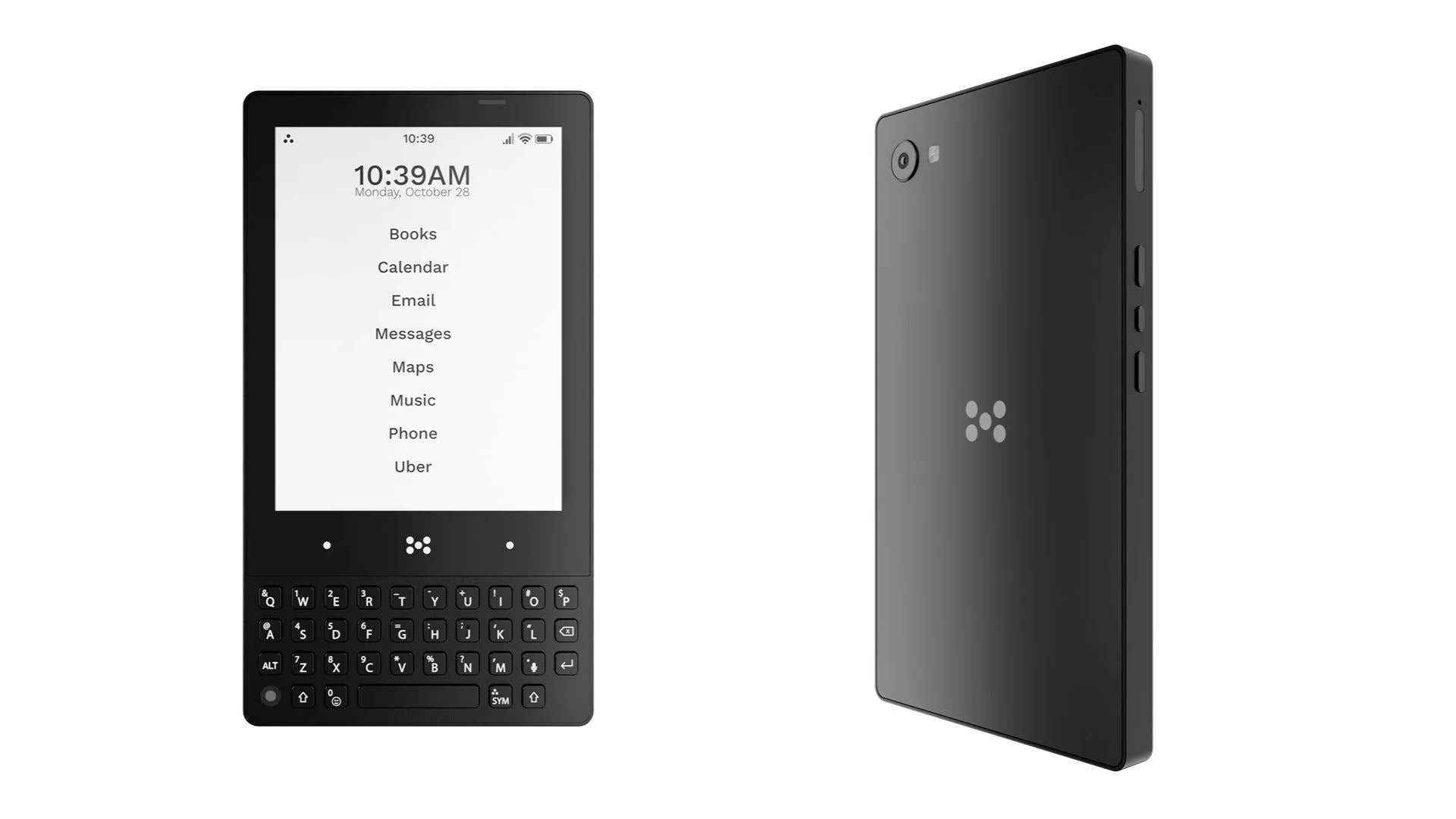
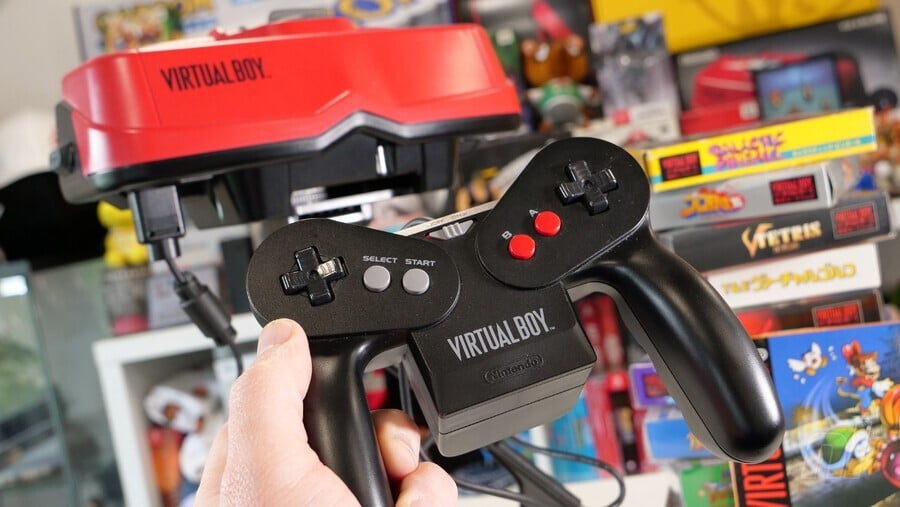
As the reputed black sheep of the Nintendo console family, one might think 1995’s Virtual Boy to be the last piece of hardware capable of garnering an enthusiast following today. Discontinued after less than a year on the market and never released in Europe, the elusive red-and-black headset is remembered as a headache-inducing, seemingly epic misfire from legendary Game Boy creator Gunpei Yokoi.
Nonetheless, a small but passionate community of engineers and developers is working to keep the Virtual Boy alive nearly three decades on from its premature and unfortunate demise. Their wares, which include high-quality after-market hardware and commercially successful small-batch physical copies of newly developed games, are a sign of sustained interest in the system.
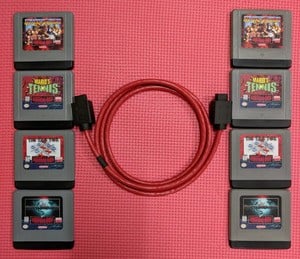
“Everyone always points to the Virtual Boy not being as successful as Nintendo wanted and them basically wanting to forget that system ever existed,” says engineer Kevin Mellott, the man behind retro gaming hardware maker RetroOnyx, through which he produces and sells everything from Virtual Boy power adaptors and reprogrammable printed circuit boards to boutique flashcarts.
Collaborating with developers Christian Radke and Jorge Andres Eremiev, creators of the VUEngine, an open-source game engine built specifically for the Virtual Boy, Mellott also funded the development of the recently released Virtual WarZone, a tank combat game built around the console’s unique hardware attributes and parallax effects, which create visual depth.
In an interview with Nintendo Life, we unpack Mellott’s passion for Nintendo’s console curio, hear about his favourite games for the hardware, upcoming projects from the VUEngine team, as well as a sleek new flashcart he’s developing, which will give players access to the Virtual Boy’s entire library along with a growing selection of increasingly sophisticated homebrew titles.
Nintendo Life: How did you begin creating after-market retro gaming hardware for the Virtual Boy through RetroOnyx?
Kevin Mellott: When I was a kid, I wanted a Virtual Boy. My parents wouldn’t buy me one because it was a little bit expensive at the time, at least in my parent’s eyes. So, when I was older, 18 or 19, I ended up buying one when I was out at tech school and played with one for a few years. I eventually sold it and then after many years after that, when I was finishing up my master’s degree, I decided to look into it again.
It was during that time when I joined the online community on Planet Virtual Boy looking at what they had been up to and building. One of the things I came across at that time was a link cable design that users had worked on, and I thought, ‘Hey, I can probably do that.’ And that kicked things off about six to seven years ago. That’s how I got started doing gear; just an interest from the past, the education, and the capability after many years of being an engineer and a tech to be able to contribute there.
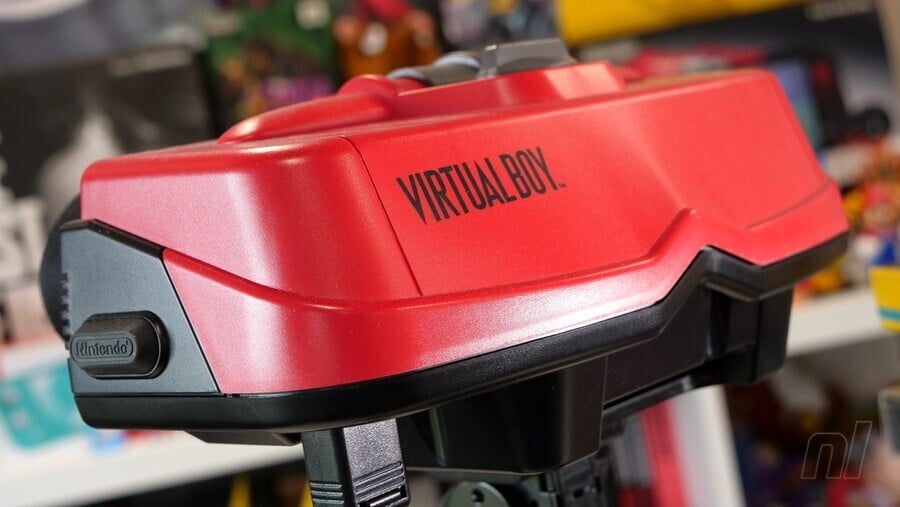
The Virtual Boy is Nintendo’s most abject hardware failure. As far as consoles go, it’s one of the strangest and most niche. Critics were never kind to it, and it has a reputation for causing eye strain and headaches. How did you develop such a passion for the maligned Virtual Boy? What attracted you to it as a younger person?
The first time when I came across it, it was at a Circuit City in Southern California. I was maybe 12 or something, and that kind of 3D representation just blew my mind. I think they were running a demo of Red Alarm and I [had] just never quite seen anything like that. We of course had seen 3D movies with red and blue glasses and that kind of thing, but playing a video game in 3D, I believe that’s the first time I’ve ever seen anything like that, at least at that time, so it just caught my imagination. The Virtual Boy disappeared very quickly, but it has just stuck with me over the years and pulled me back in a number of times.
RetroOnyx is best known for Virtual Boy-compatible flashcarts. Take me through the process of developing that hardware and the motivations behind it.
I was talking with people in the Virtual Boy community about what kinds of things they would like to see. Then I came across these eInk panels and had this crazy idea of putting one in a flashcart. My first flashcart was the HyperFlash32 because it was 32 megabits and could hold the full Hyper Fighting [a well-known unlicenced homebrew port of Street Fighter II] ROM. There had been copies of those going for $1,200 on eBay, so it just kind of blew my mind that carts that are basically memory chips were that expensive.
The HyperFlash32 has an eInk screen that updates when you load in a ROM and capacitive touch buttons on the back to go through the game menu system. It’s still a single-game-at-a-time flashcart, and there was a lot of over-engineering for fun. A year or two later I did the HyperBoy, which was intended to be a cheaper version by removing the eInk screen and all the over-engineering. It’s still called the HyperBoy because it can hold that full Hyper Fighting ROM. I just got into it for fun and it has kept going.
There were only 22 games officially released for the Virtual Boy in North America and Japan. What would you say are the titles most worthy of replaying today and why?
One of my favourites is Red Alarm. Maybe some people won’t agree there, but that’s just because I have a nostalgia for that particular game, having played it in the stores when I was a kid. Wario Land is quite good and usually regarded as one of the better ones. I like Teleroboxer as well. Bound High is one that people tend to like, it was a near-complete game that was never released because the Virtual Boy was discontinued, but the ROM was eventually patched and found its way online, and it became quite popular. I’ve always had a soft spot for Space Invaders, probably some link from my childhood as well.
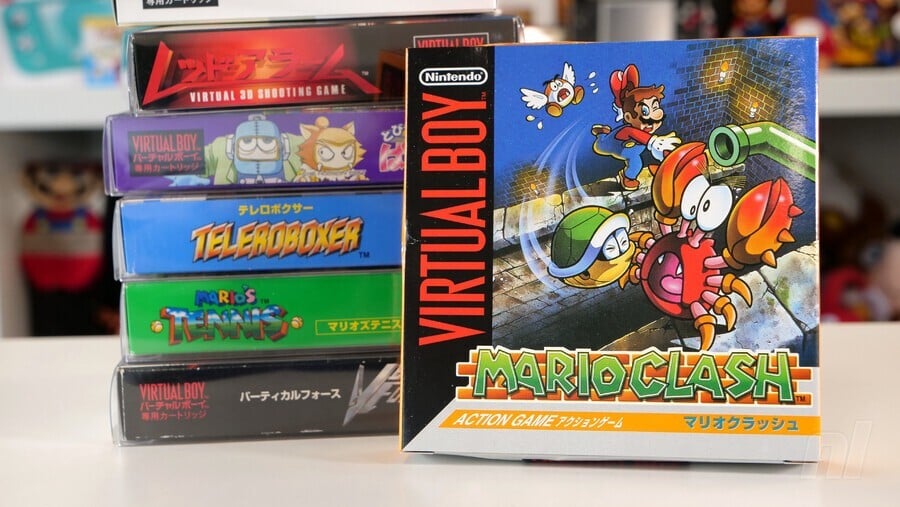

As the reputed black sheep of the Nintendo console family, one might think 1995’s Virtual Boy to be the last piece of hardware capable of garnering an enthusiast following today. Discontinued after less than a year on the market and never released in Europe, the elusive red-and-black headset is remembered as a headache-inducing, seemingly epic misfire from legendary Game Boy creator Gunpei Yokoi.
Nonetheless, a small but passionate community of engineers and developers is working to keep the Virtual Boy alive nearly three decades on from its premature and unfortunate demise. Their wares, which include high-quality after-market hardware and commercially successful small-batch physical copies of newly developed games, are a sign of sustained interest in the system.

“Everyone always points to the Virtual Boy not being as successful as Nintendo wanted and them basically wanting to forget that system ever existed,” says engineer Kevin Mellott, the man behind retro gaming hardware maker RetroOnyx, through which he produces and sells everything from Virtual Boy power adaptors and reprogrammable printed circuit boards to boutique flashcarts.
Collaborating with developers Christian Radke and Jorge Andres Eremiev, creators of the VUEngine, an open-source game engine built specifically for the Virtual Boy, Mellott also funded the development of the recently released Virtual WarZone, a tank combat game built around the console’s unique hardware attributes and parallax effects, which create visual depth.
In an interview with Nintendo Life, we unpack Mellott’s passion for Nintendo’s console curio, hear about his favourite games for the hardware, upcoming projects from the VUEngine team, as well as a sleek new flashcart he’s developing, which will give players access to the Virtual Boy’s entire library along with a growing selection of increasingly sophisticated homebrew titles.
Nintendo Life: How did you begin creating after-market retro gaming hardware for the Virtual Boy through RetroOnyx?
Kevin Mellott: When I was a kid, I wanted a Virtual Boy. My parents wouldn’t buy me one because it was a little bit expensive at the time, at least in my parent’s eyes. So, when I was older, 18 or 19, I ended up buying one when I was out at tech school and played with one for a few years. I eventually sold it and then after many years after that, when I was finishing up my master’s degree, I decided to look into it again.
It was during that time when I joined the online community on Planet Virtual Boy looking at what they had been up to and building. One of the things I came across at that time was a link cable design that users had worked on, and I thought, ‘Hey, I can probably do that.’ And that kicked things off about six to seven years ago. That’s how I got started doing gear; just an interest from the past, the education, and the capability after many years of being an engineer and a tech to be able to contribute there.

The Virtual Boy is Nintendo’s most abject hardware failure. As far as consoles go, it’s one of the strangest and most niche. Critics were never kind to it, and it has a reputation for causing eye strain and headaches. How did you develop such a passion for the maligned Virtual Boy? What attracted you to it as a younger person?
The first time when I came across it, it was at a Circuit City in Southern California. I was maybe 12 or something, and that kind of 3D representation just blew my mind. I think they were running a demo of Red Alarm and I [had] just never quite seen anything like that. We of course had seen 3D movies with red and blue glasses and that kind of thing, but playing a video game in 3D, I believe that’s the first time I’ve ever seen anything like that, at least at that time, so it just caught my imagination. The Virtual Boy disappeared very quickly, but it has just stuck with me over the years and pulled me back in a number of times.
RetroOnyx is best known for Virtual Boy-compatible flashcarts. Take me through the process of developing that hardware and the motivations behind it.
I was talking with people in the Virtual Boy community about what kinds of things they would like to see. Then I came across these eInk panels and had this crazy idea of putting one in a flashcart. My first flashcart was the HyperFlash32 because it was 32 megabits and could hold the full Hyper Fighting [a well-known unlicenced homebrew port of Street Fighter II] ROM. There had been copies of those going for $1,200 on eBay, so it just kind of blew my mind that carts that are basically memory chips were that expensive.
The HyperFlash32 has an eInk screen that updates when you load in a ROM and capacitive touch buttons on the back to go through the game menu system. It’s still a single-game-at-a-time flashcart, and there was a lot of over-engineering for fun. A year or two later I did the HyperBoy, which was intended to be a cheaper version by removing the eInk screen and all the over-engineering. It’s still called the HyperBoy because it can hold that full Hyper Fighting ROM. I just got into it for fun and it has kept going.
There were only 22 games officially released for the Virtual Boy in North America and Japan. What would you say are the titles most worthy of replaying today and why?
One of my favourites is Red Alarm. Maybe some people won’t agree there, but that’s just because I have a nostalgia for that particular game, having played it in the stores when I was a kid. Wario Land is quite good and usually regarded as one of the better ones. I like Teleroboxer as well. Bound High is one that people tend to like, it was a near-complete game that was never released because the Virtual Boy was discontinued, but the ROM was eventually patched and found its way online, and it became quite popular. I’ve always had a soft spot for Space Invaders, probably some link from my childhood as well.

The homebrew scene for the Virtual Boy is surprisingly lively and owes a great deal to your products, through which newly developed games can be played on original hardware. One such title is the RetroOnyx-funded Virtual WarZone, a tank combat game developed on the VUEngine that released in 2022. Can you share your motivations for supporting the game’s development?
The two primary guys behind the VUEngine are Chris and Jorge, and they’ve been in the Virtual Boy community far longer than I have. I would call them true Virtual Boy developers, and there aren’t many of them. They put out original content and they’ve developed that whole engine to help other people produce content.
For Virtual Warzone, I hooked up with Jorge to develop this game because I always thought a Battlezone-esque type of wireframe game would show well on the Virtual Boy, kind of like how I enjoy Red Alarm. I reached out to Jorge and we started developing that, and then Chris helped out as well. Chris runs Planet Virtual Boy and has done so for many years before I came around.
We had some other people help out as well. An online community member does my box art manuals and another user helped with some of the 3D content like the tank cockpit and what that looks like. I’ve known those people through the community for years now. I just reached out to them about developing this game. Jorge agreed and did all the heavy lifting and most of the development.
They’re a great group to work with and should have a second game released by the end of the year called Formula V, which is like a top-down F-Zero meets Micro Machines on a racetrack. It’s also harder to play than it looks. Jorge likes to build games like that. It’s quite polished, even the demos they put out for that game are very polished. It’s got all the bells and whistles of the VUEngine that they’ve developed over the years. It’s going to be a great showcase of what’s possible on the VUEngine and another great addition to the homebrew scene.
That’s fantastic. Do you intend to support more of these retail-quality original titles from the VUEngine team going forward?
I would like to. On Formula V, I’ll help them create physical carts for them to sell and be involved that way. I could see myself doing another full kind of Virtual Warzone game. Virtual Warzone has done decently for a Virtual Boy homebrew title. I recovered development costs, which I count as a win for developing games for a system like Virtual Boy with a small niche group of users. So yeah, I can see myself doing it in the future.
What’s next for RetroOnyx? You’re currently developing a “MultiBoy” flashcart with an eInk on-screen menu for game selection. How does this new product differ from your earlier flashcarts and when will it be available?
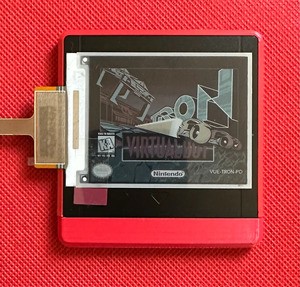
A multi-game cart has long been on the list, and all the design lessons that I’ve learned on my earlier carts will directly feed into the MultiBoy. The intention there is it’s more like an EverDrive, with on-screen – or in-headset – game selection rather than on an eInk display, and it holds more than just a single game at a time. I may add some components on there to allow developers to do some hardware acceleration on the cart, like the SNES Super FX chip type of stuff, mainly to help calculations, probably just floating-point support, things like that. I would love to do that kind of thing.
I will probably make the eInk screen an optional item because it does raise the cost a bit, and it makes a little bit less sense here because it’s going to be an on-screen display where you select your games. That’s really what people these days think flashcarts are, basically all the things that an EverDrive will do. Virtual Boy still doesn’t have a true multi-game cart, so I’d like to finish that out. That’s really the next big one on the list.
Thanks to Kevin for speaking with us. You can find his products on the RetroOnyx website, and more information about developments in the Virtual Boy homebrew scene at Planet Virtual Boy.


